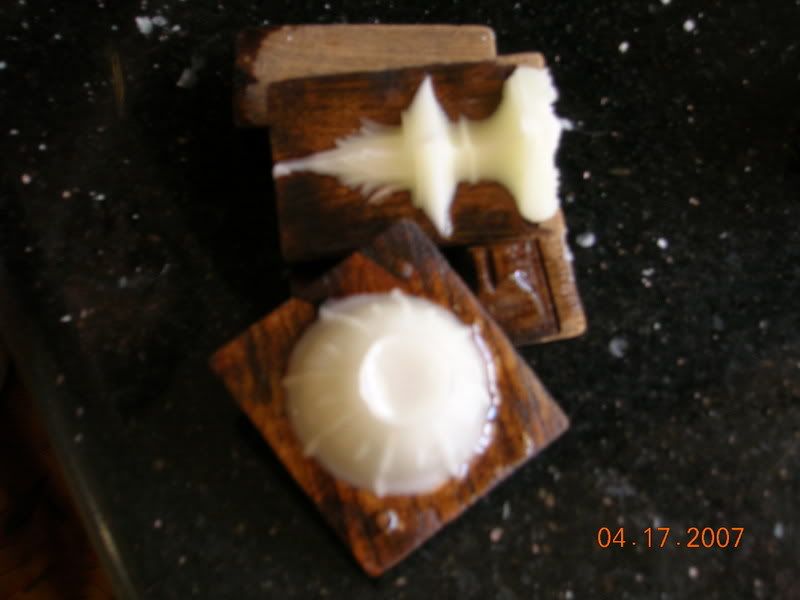So when I came across Knowledge Adventure software called Books by You for children to craft a novel on their own, I was torn between my fear and the excitement of having found something that seemed to marry technology with creativity and reading. I decided to give it a try - or, rather, let my soon-to-be seven year-old son give it a try. He is a voracious reader and I had a feeling he would love the idea of making a book on his own.
The software arrived, we slid it into the CD drive and suffice to say both my son and I are thrilled.
The program has four plots that the children can choose from, two alien stories and two mysteries involving monkeys. With John Lithgow, the wonderfully talented actor as the "muse", the program draws you into the process of writing with age-appropriate instructions. Books by You is fashioned in such a way that the broad outlines of the story are fixed, but the children get to craft all the details - the names of the characters, the mannerisms (what would a character do if he or she got upset, for instance), the mental make-up and appearance of the characters and so on.
It is fascinating to watch your child go through this process because you get to see how his experiences educate his choice of characterization. When it was time to pick a name for the hero of his novel, The Mystery of the Monkey Palace, my son gravitated towards the names of his favorite cricket players. He was saying them out aloud - Ricky Ponting, Kevin Pietersen, Graeme Smith, Rahul Dravid.... He stopped at Rahul Dravid (the captain of the Indian cricket team) and said he didn't want to pick his name for the main character. Why not, I asked. I was curious. "Because I don't feel Indian in this story, mom!"
The novel my son picked is divided into four chapters and each chapter contains about 30 questions that round out the characters and flesh out the details of the plot. According to Knowledge Adventure, this program is designed for children eight years and above. For children at the lower end of the range, I'd imagine it would take at least two or three sittings before the novel is completed. The first time around, my son sat for a solid hour and a half, engrossed in the story, racking his brains for names and expressions, trying to put himself in the shoes of his characters and imagine what they might do in the situations presented in the plot. Once he finished the first chapter, he eagerly read it, delighting in how his work shaped the story. In the process he added many new words to his vocabulary.
John Lithgow's animated and pitch-perfect presence is a great asset to this program, imparting excitement and enthusiasm to the process. Each question asked of the children comes with helpful hints at the bottom of the screen so the younger novelists are on track. Even I was the beneficiary of one of those hints, "Warning: If you like grammar, don't use a name that ends with the letter 's'."
Once the novel is complete, the program guides the children through the finishing touches - a bio page, a dedication page, customizations to include the children's choice of photographs, images, cover design, and a poster for publicizing their work. At the end of it all, children have the option of even having their novel printed, bound and shipped and have in their hands the product of their imagination and creativity - definitely something to show off to family and friends.

If your child is into reading and has even the slightest hint of a creative urge, Knowledge Adventure Books by You is a wonderful way to nurture that love of reading and perhaps even spark a desire to write. Even if your child shows no inclination to read, I have a feeling Books by You is a great tool to kick start a reading habit. Knowledge Adventure's website also provides some helpful hints for parents to help children become "better readers."
Books by You is compatible with Windows and Mac and is priced at $19.99.

























